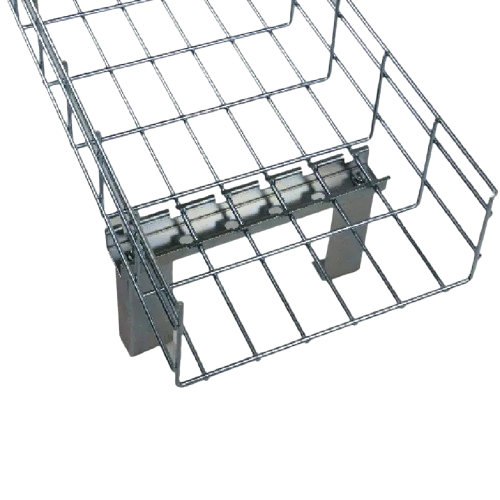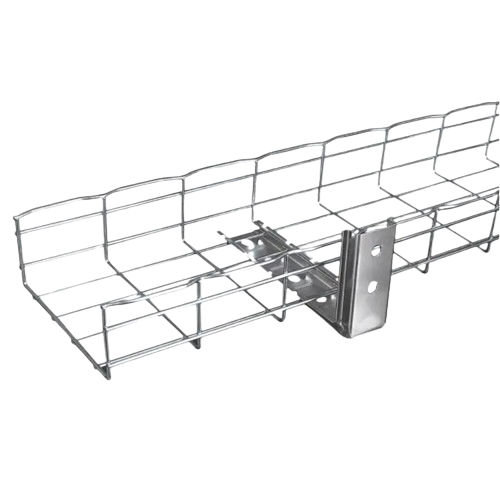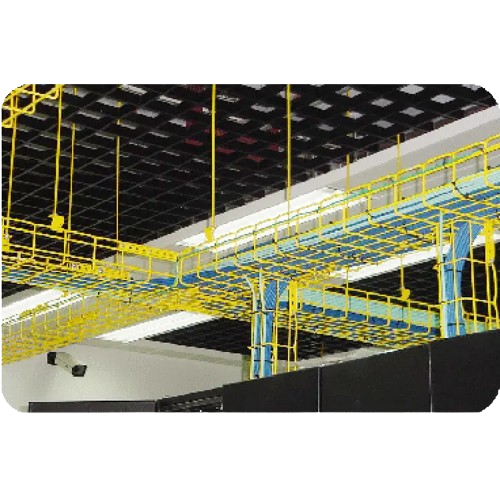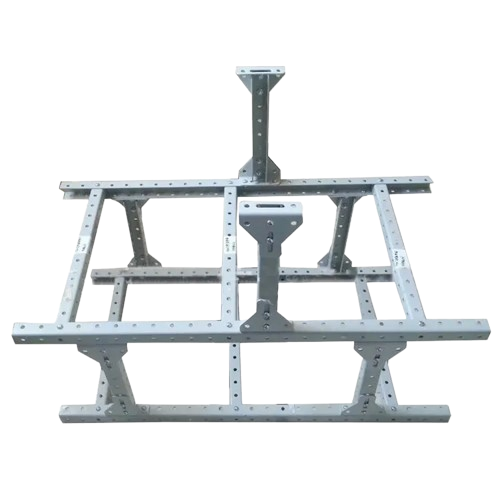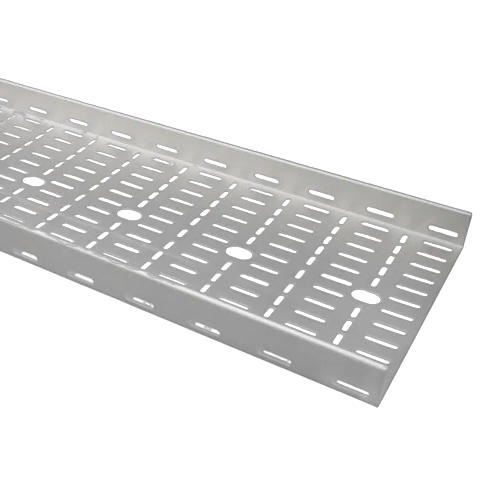
Products
Grid format cable tray RM-QJ-WGS
The RM-QJ-WGS series Mainly suitable for cable routing in IDC communication rooms, monitoring rooms, fire control systems, etc., this series of cable trays are mostly installed under overhead and static floors. The frame is lightweight and easy to install, suitable for the laying of small cables and optical cables. It is convenient and intuitive for inspection, maintenance, and expansion. In conjunction with our corresponding bundling accessories, cables can be stacked in sequence and managed in layers.
Process material
The surface coating process of the RM-QJ-WGS series cable tray includes galvanizing, spray molding, and electroplating processes, among which the spray molding process can achieve customized production of different colors and meet personalized requirements.

- Stainless steel material

- Galvanized cable tray

- Electrostatic spray molding process
Application Scenario
This series of cable trays is mainly suitable for cable routing in IDC communication rooms, monitoring rooms, fire control rooms, and other areas. They are mostly installed under overhead and static floors
- Architecture: Cable trays can be used for cable laying within buildings, such as office buildings, shopping malls, hospitals, schools, etc
- Computer room: In places such as data centers and server rooms, it can be used to carry various network cables, optical cables, signal lines, etc
- Communication: In the field of communication, cable trays can be used to carry telephone lines, optical cables, radio equipment, etc
- Broadcasting and television: In the field of broadcasting and television, cable trays can be used to carry coaxial cables and RF antennas, such as television towers and broadcasting


Transport packaging
The transportation and packaging are carried out by stacking and bundling, with plastic protective film wrapped on the outer side, anti-collision film wrapped on both ends and wooden boards fixed, and wooden pallets used for lifting below. The overall waterproof and moisture-proof design is convenient for forking, and the length should not exceed the width of the container.

Contact Us

Customer service: This series of products comes in various sizes. Please consult our sales personnel for specific models. Please refer to our official website's contact channel for contact information

Customization service: For special customization requirements in special scenarios, customers can provide us with design copy, and we will customize the design and production according to the requirements to maximize customer satisfaction

Installation guidance: For customers who have reached a cooperation agreement, if you have any technical issues during the installation process, you can consult our sales personnel 7 * 24 hours. We will wholeheartedly serve you and provide the most professional technical guidance


